Introduction to PVC Piping
PVC piping, or polyvinyl chloride piping, is a versatile and widely used material in various industries and applications. In this article, we will delve into the chemical corrosion resistance of PVC pipe, highlighting its ability to withstand harsh chemical environments and its suitability for a wide range of applications.
1. Chemical Resistance of PVC Piping
PVC pipe is renowned for its exceptional resistance to chemical corrosion, making it an ideal choice for conveying various fluids in corrosive environments. Here are some key factors contributing to the chemical resistance of PVC pipe:
Inert Material:
PVC is an inert material that does not react with most chemicals, acids, alkalis, or solvents commonly found in industrial processes or environmental conditions. This inertness ensures that PVC pipe maintains its structural integrity and performance when exposed to aggressive chemical substances.
Non-Reactive Surface:
The smooth surface of PVC pipe minimizes the risk of chemical reactions or interactions between the pipe material and the conveyed fluids. Unlike metal pipes that may corrode or leach metals into the fluid, PVC piping provides a non-reactive barrier that preserves the purity and integrity of the conveyed substances.
Resistance to Corrosive Agents:
PVC pipe demonstrates excellent resistance to a wide range of corrosive agents, including acids, bases, salts, and oxidizing agents. Whether it’s corrosive wastewater, acidic solutions, or alkaline substances, PVC pipe maintains its durability and functionality, even in challenging chemical environments.
2. Applications in Corrosive Environments
PVC piping finds extensive use in applications where chemical corrosion resistance is paramount. Here are some common applications of PVC pipe in corrosive environments:
Chemical Processing Plants:
PVC piping is widely utilized in chemical processing plants for transporting corrosive chemicals, acids, and caustic solutions. Its resistance to chemical corrosion ensures the safe and efficient conveyance of fluids throughout the facility, minimizing the risk of leaks, spills, or contamination.
Laboratories and Research Facilities:
PVC pipe is widely used in labs, research centers, and educational institutions for gas distribution, chemical waste disposal, and experiments. Its chemical resistance allows safe handling of various reagents and solvents without degradation.
Water Treatment Systems:
PVC piping is an integral component of water treatment systems, including desalination plants, wastewater treatment facilities, and industrial filtration systems. Its corrosion resistance ensures reliable conveyance of treated water, chemicals, and process fluids, safeguarding water quality.
3. Benefits of PVC Piping in Corrosive Environments
PVC piping offers several advantages in corrosive environments compared to other piping materials:
Cost-Effectiveness:
PVC pipe is cost-effective to manufacture, install, and maintain, providing long-term cost savings for facilities operating in corrosive environments.
Durability and Longevity:
PVC piping is highly durable and has a long service life, reducing the need for frequent replacements or repairs due to chemical corrosion.
Versatility and Adaptability:
PVC pi is available in various sizes, configurations, and pressure ratings to meet the specific requirements of different corrosive applications.
Conclusion
PVC piping’s strong resistance to chemical corrosion makes it a top pick for environments with corrosive substances. Its inert properties and non-reactive surface ensure durability in corrosive settings, making PVC piping ideal for industrial, commercial, and institutional use.
IFAN is a Chinese manufacturer of plastic pipes, fittings and valves with 30 years of experience. If you are interested in IFAN copper fittings, copper valves, plastic pipes and fittings, please contact us. IFAN offers you a variety of standard pipes to meet your specific needs. Click below to learn more about IFAN’s wide range of affordable and cost-effective valve products and piping system related products.
We will reply your email or fax within 24 hours.
You can call us at any time if there is any question on our production.
For more information,pls visit our webside https://pipefittingpro.com/
Pls Mailto: [email protected]
Whatsapp: + 86 19857948982

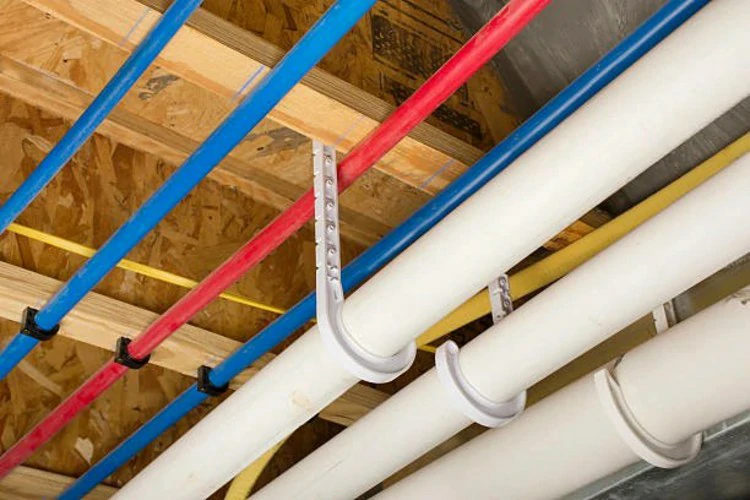
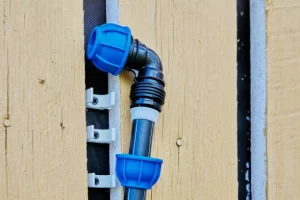
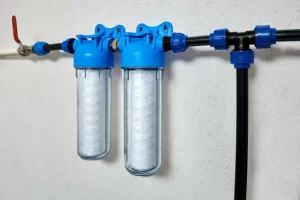
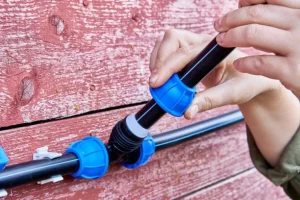
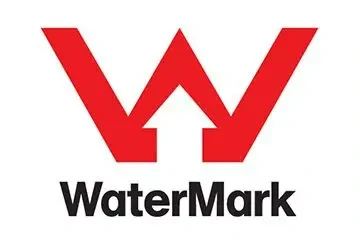

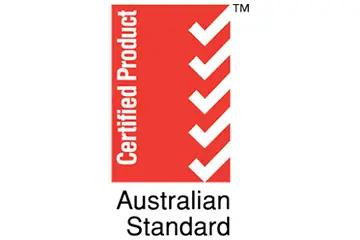
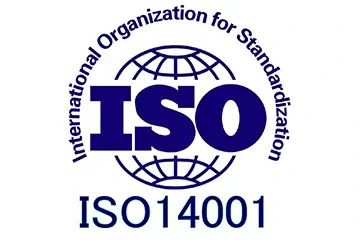




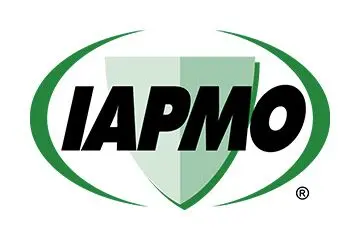
Recent Comments